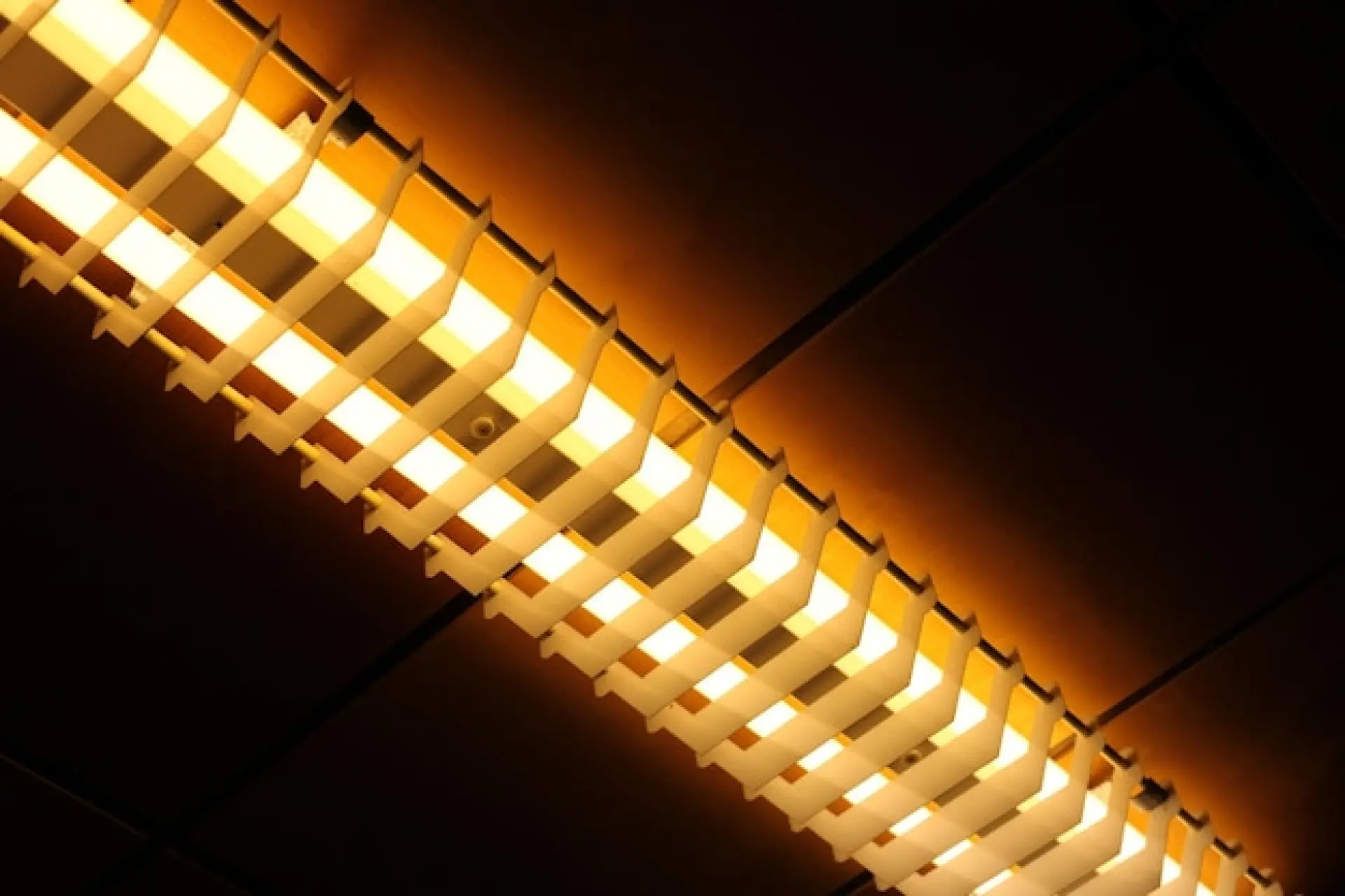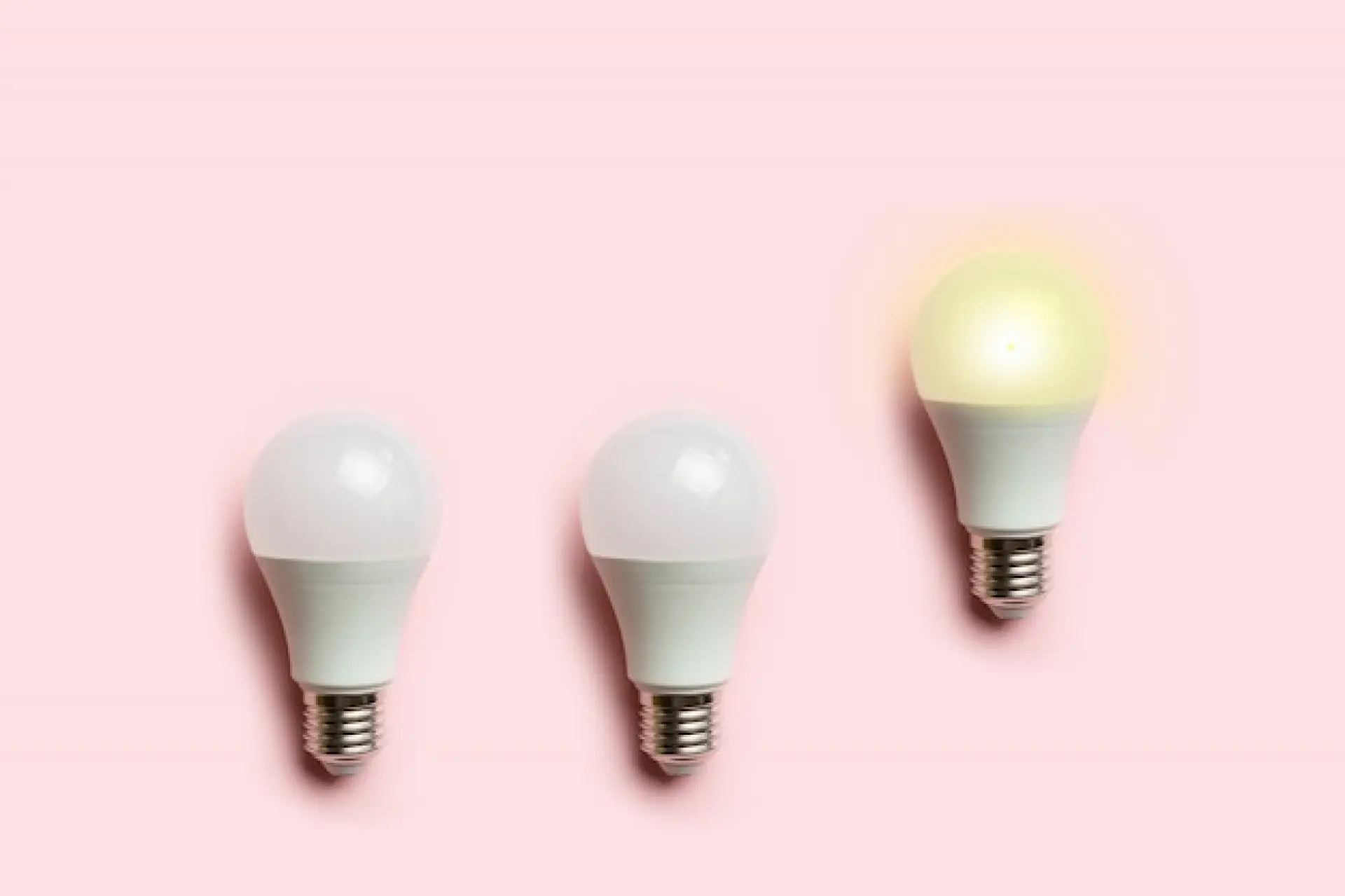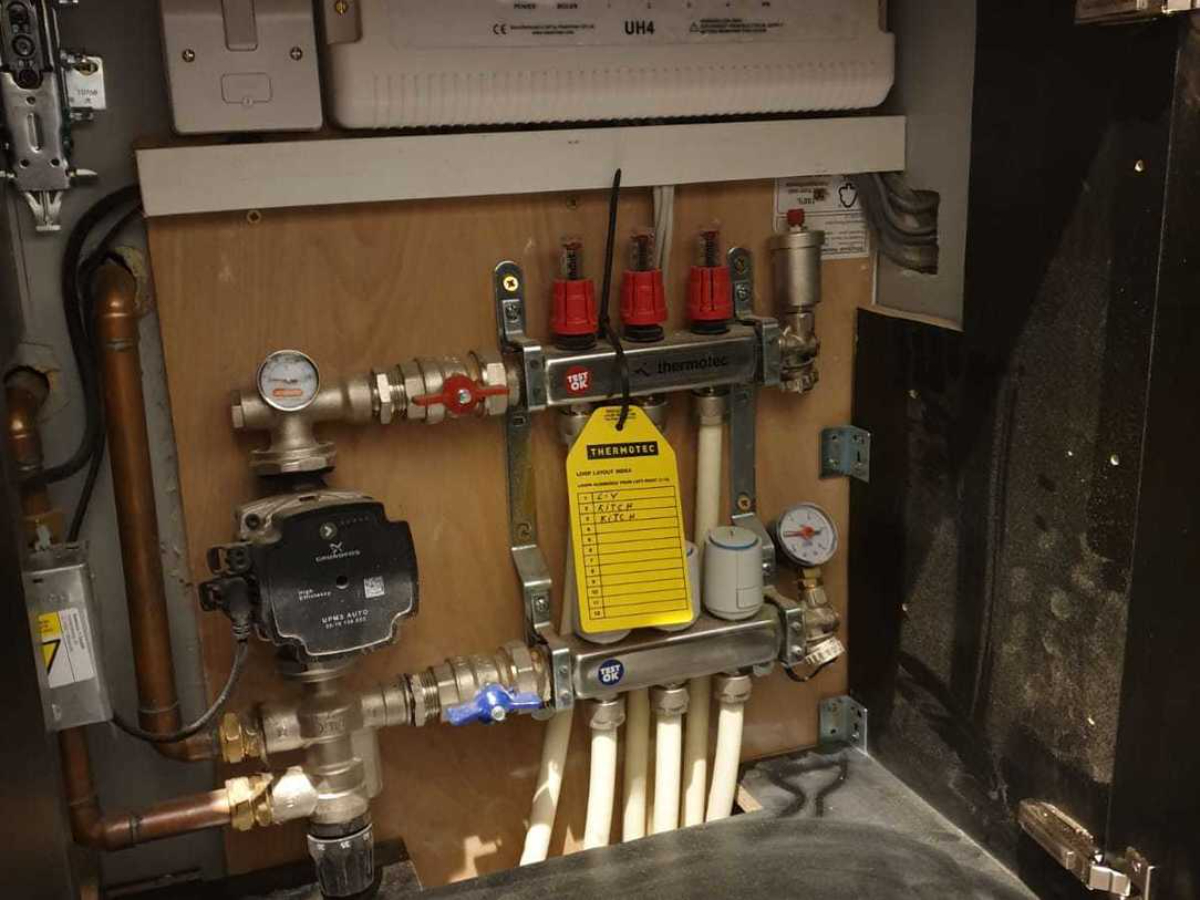Save money on energy bills by switching to LED lighting. Experience lower heat emissions, lower replacement costs, and enhanced longevity. Book a consultation today!
Longer Lifespan Means Less Replacement Costs
LED lights last significantly longer than traditional incandescent or halogen bulbs. While a standard incandescent bulb may last around 1,000 hours, an LED bulb can provide up to 50,000 hours of illumination. This extended lifespan means you will spend less on replacements over time. With fewer burnt-out bulbs, you also save on maintenance costs, particularly in commercial or hard-to-reach lighting installations.
Additionally, LED technology is more resistant to breakage, further reducing the need for frequent replacements. Investing in LED lighting not only cuts energy consumption but also minimises the ongoing expense of buying and replacing bulbs.
Lower Heat Emission Reduces Cooling Costs
Traditional lighting sources, such as incandescent and halogen bulbs, produce a significant amount of heat when in use. This excess heat can increase the temperature in a room, making air conditioning systems work harder to maintain a comfortable environment. LED lights, however, generate much less heat, helping to reduce the strain on cooling systems.
This lower heat emission is particularly beneficial in warmer climates and commercial spaces where multiple light sources are used. By switching to LED lighting, households and businesses can experience lower cooling costs, leading to further energy savings.
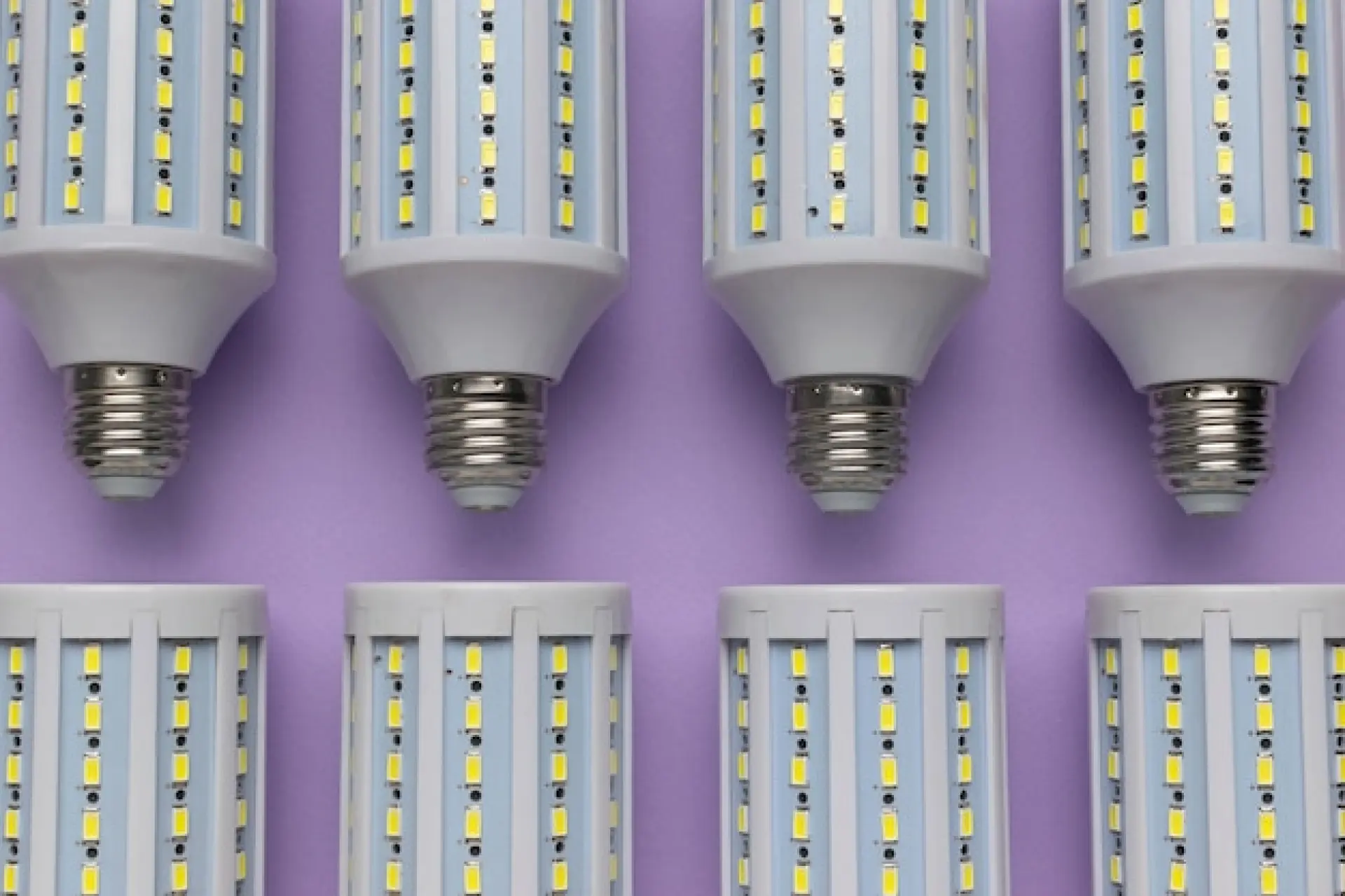
Moreover, in large buildings or offices, where lighting operates for extended hours, the cumulative heat output from traditional bulbs can significantly raise indoor temperatures.
This results in increased use of air conditioning, leading to higher electricity costs. By adopting LED lighting, businesses and households can maintain a more stable indoor climate with reduced reliance on cooling systems.
This not only cuts energy expenses but also extends the lifespan of air conditioning units by reducing wear and tear from excessive use.
Over time, the cost savings from lower cooling requirements can contribute significantly to an overall reduction in energy expenses. This excess heat can increase the temperature in a room, making air conditioning systems work harder to maintain a comfortable environment
Dimmable and Smart LED Options for Extra Savings
Many LED bulbs come with dimmable features, allowing users to adjust brightness levels according to their needs. Lowering the brightness not only creates a comfortable atmosphere but also reduces energy consumption.
Additionally, smart LED bulbs can be controlled remotely via mobile apps or automated systems, ensuring that lights are only used when necessary.
Some smart LEDs can adjust brightness based on natural light levels or turn off automatically when a room is unoccupied. These features provide additional savings on electricity bills while offering convenience and improved energy efficiency.
Government Incentives and Rebates for LED Lighting
Many governments offer incentives and rebates to encourage the adoption of energy-efficient LED lighting. These schemes help offset the initial cost of purchasing LED bulbs and fixtures, making the transition more affordable. Some programmes provide discounts at the point of sale, while others offer rebates after installation.
Businesses may also benefit from tax incentives for upgrading to energy-efficient lighting solutions. Checking with local authorities or energy providers can help homeowners and businesses take advantage of available financial support, making the switch to LED lighting even more cost-effective.
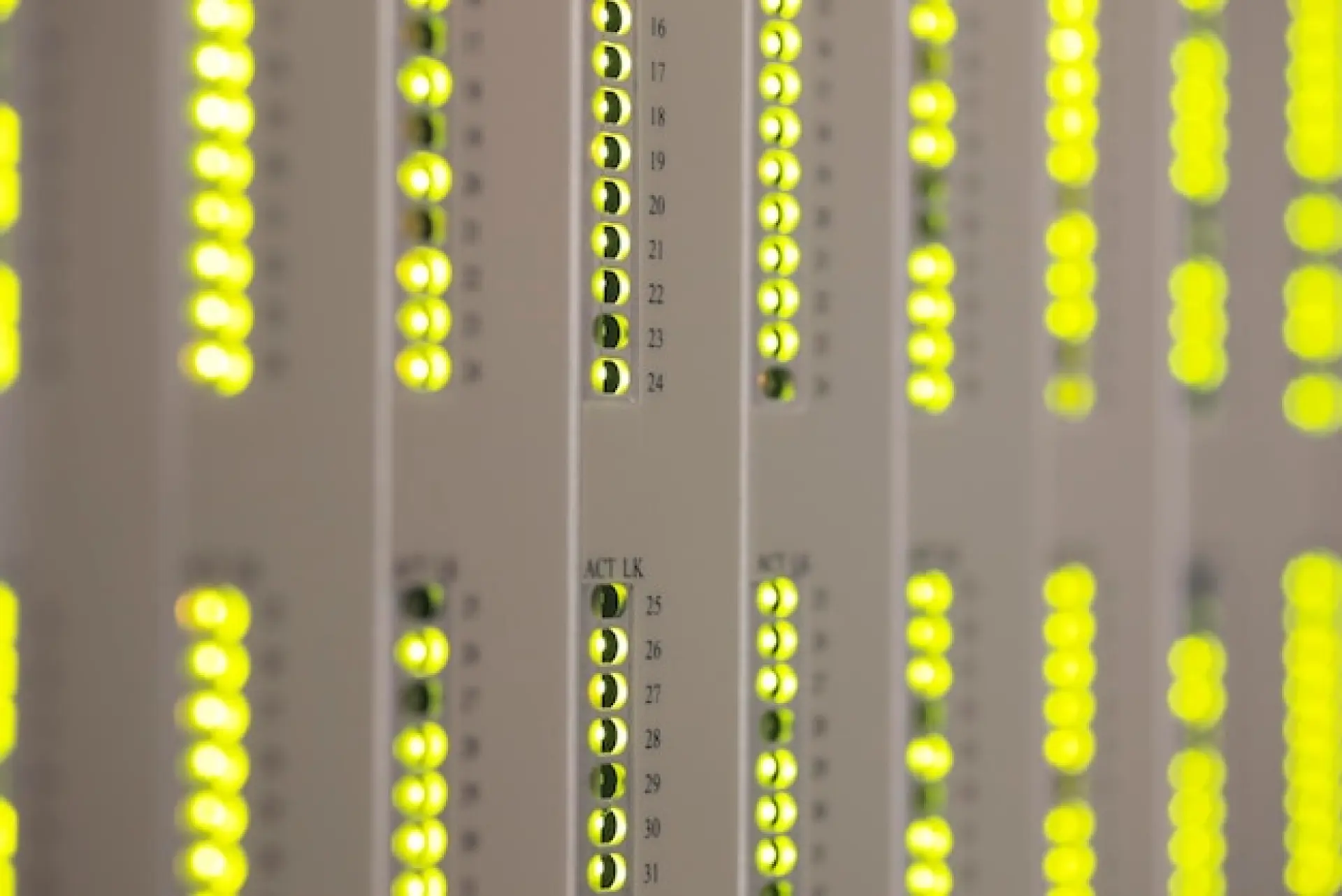
Additionally, many energy providers and environmental organisations collaborate to promote LED adoption through grant schemes or bulk-purchase discounts.
Some programmes also provide financial incentives for businesses that replace outdated lighting systems with LED alternatives, reducing upfront costs and improving long-term sustainability.
Homeowners can also explore low-interest financing options that enable them to spread out the cost of LED upgrades over time.
Understanding these government-backed schemes and making use of available rebates can significantly reduce the financial burden of transitioning to energy-efficient lighting while supporting broader energy conservation efforts.
These schemes help offset the initial cost of purchasing LED bulbs and fixtures, making the transition more affordable.
Practical Tips for Switching to LED Lighting
Making the switch to LED lighting is simple with a few practical steps. Start by replacing the most frequently used bulbs, such as those in kitchens, living rooms, and offices. Choose LED bulbs with the correct wattage and colour temperature to match your preferences. Consider using smart or dimmable LED options for added control and efficiency.
Look for energy ratings on packaging to ensure optimal savings. If upgrading an entire system, consult with an electrician to maximise benefits. By gradually replacing outdated bulbs and fixtures with LEDs, you can enjoy long-term savings on your energy bills while reducing environmental impact.
Looking for reliable domestic electrician services in Surrey for LED lighting installation? Redwood Electrical Services is a team comprised of experienced and qualified electricians in the Woking, Guildford, and Cobham areas.
Our team delivers friendly and professional electrical services, whether you're dealing with small issues like changing lights or larger projects like full house rewiring.

